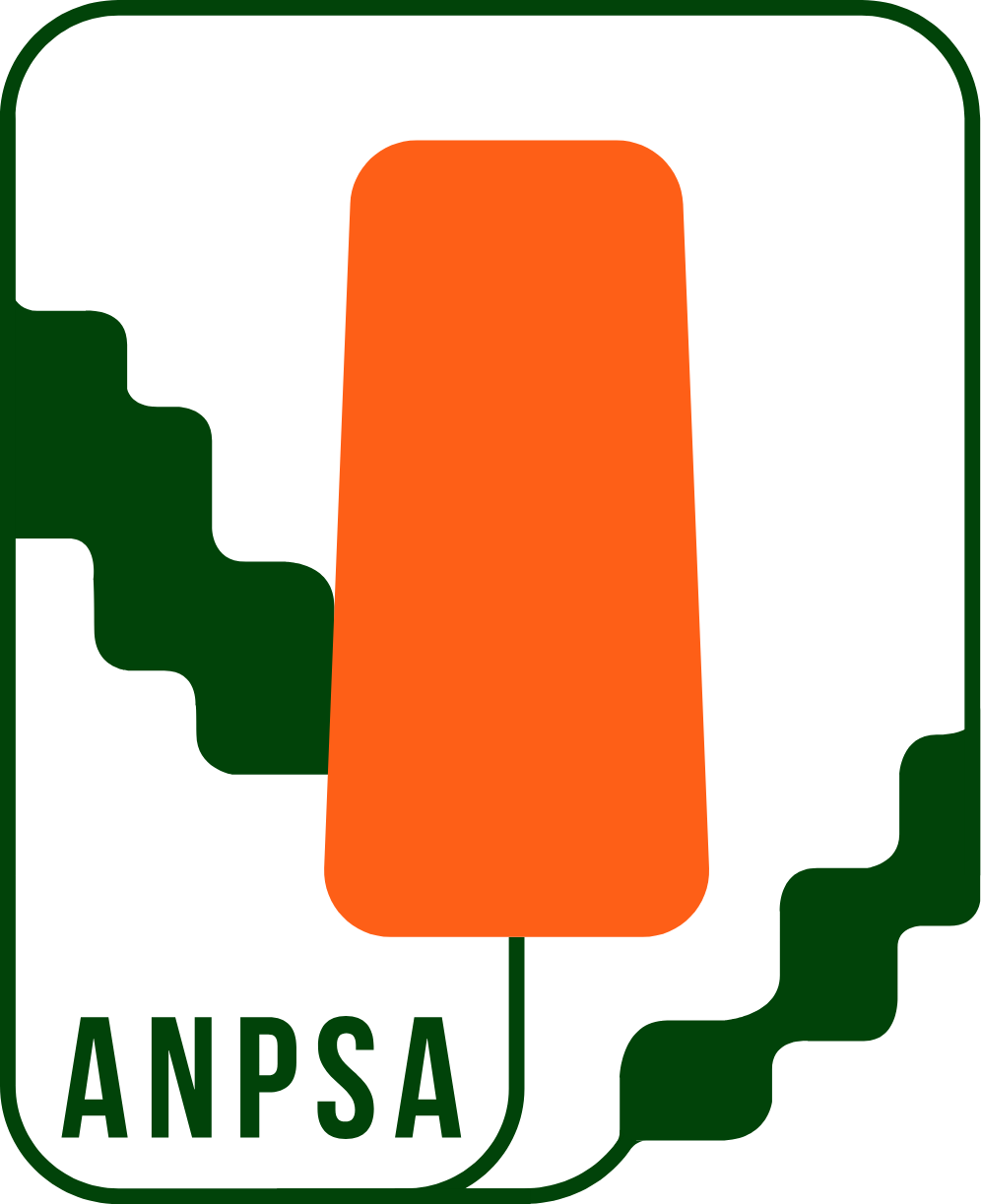General Description:
Isopogon is a genus of around 35 species, all occurring only in Australia. They are found in the southern half of the continent in temperate regions. Most are small to medium sized shrubs having flower clusters arranged in globular heads. The fruits are also globular in shape giving rise to the common name of “drumsticks”. Some are also called “coneflowers” although this name is more usual in the related genus Petrophile.
Isopogon divergens is one of the western species. It is a small to medium shrub with leaves much divided into narrow, linear segments which are round in cross-section (terete). They are about 100 mm long. The pink or mauve flowers occur in late winter and spring, conspicuously displayed on the ends of the branches. The flower clusters are around 50 mm in diameter and are followed by the spherical (barrel-shaped) seed pods which remain on the plant for an indefinite period.
Like many western species, I.divergens is not regarded as suited to humid climates. It performs best in areas with dry summers and well drained soils. A sunny position will produce the best flowering but some shade is tolerated. It will withstand light to moderate frosts.
I.divergens is usually propagated from seed which germinates readily without pretreatment. Cuttings are also successful using firm, current season’s growth. Some limited work has been carried out by enthusiasts on the grafting of western species of Isopogon onto eastern rootstocks to extend the range where the plants can be grown. It is not known whether I.divergens has been involved in this work but experiments using I.anethifolius or I.dawsonii as rootstocks may be worth pursuing.

Isopogon divergens
Photo: Brian Walters
 Australian Native Plants Society (Australia)
Australian Native Plants Society (Australia)